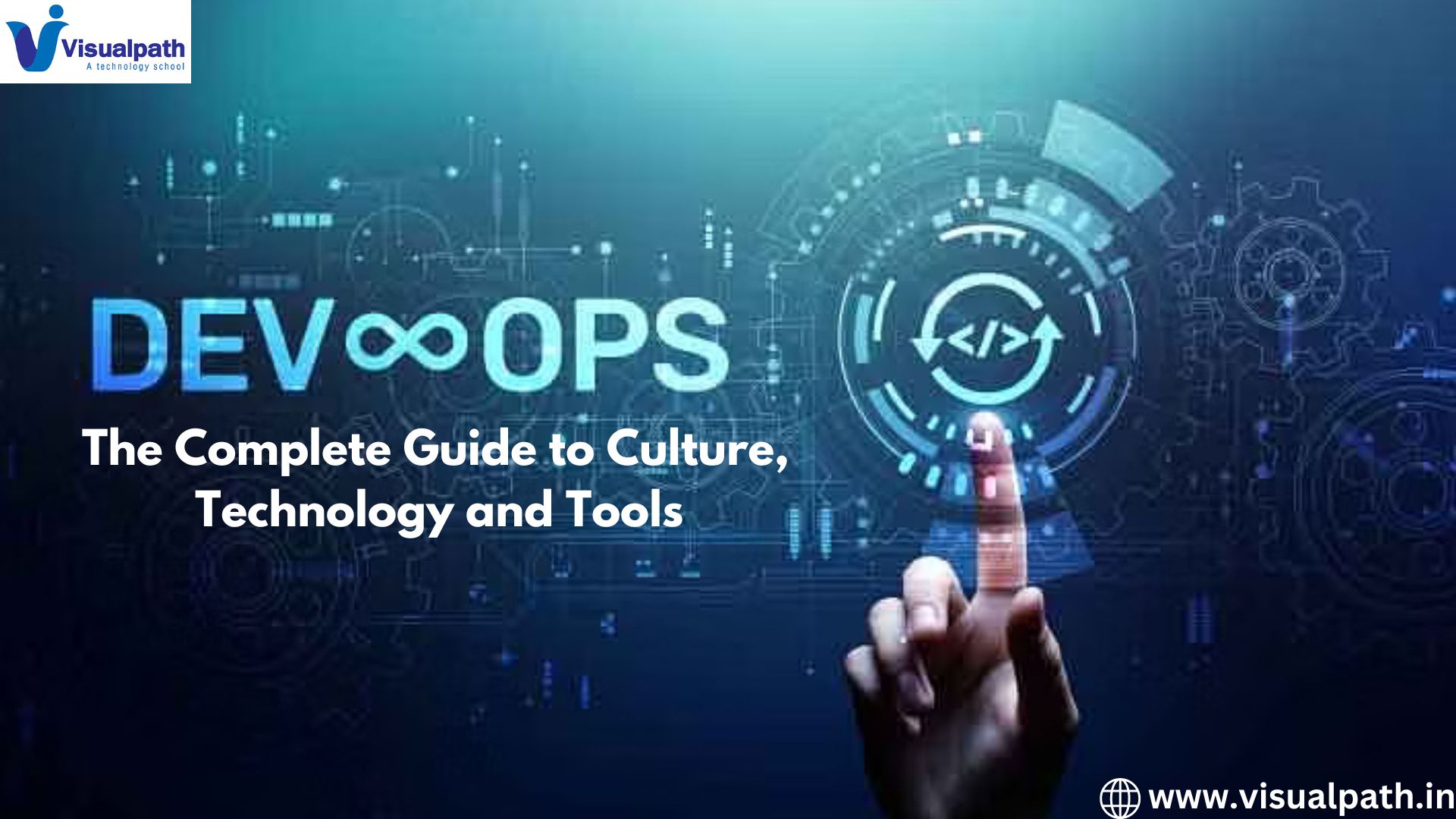Introduction
DevOps is more than just a buzzword it represents a fundamental shift in the way software is developed, deployed, and maintained. Integrating development (Dev) and operations (Ops), DevOps seeks to foster a culture of collaboration and continuous improvement. This article delves into the essential aspects of DevOps, including its culture, technology, and tools, providing a comprehensive understanding of this transformative approach.
The Culture of DevOps
Collaboration and Communication
At its core, DevOps emphasizes breaking down the silos between development and operations teams. Traditionally, these teams have operated independently, leading to inefficiencies and conflicts. DevOps encourages collaboration and open communication, ensuring that everyone involved in the software delivery process shares a common goal: delivering high-quality software rapidly and reliably.
Continuous Improvement and Learning
A critical aspect of DevOps culture is the commitment to continuous improvement and learning. This involves regularly evaluating processes, identifying bottlenecks, and implementing changes to enhance efficiency and effectiveness. Post-mortem analyses of failures, without a culture of blame, are integral to learning from mistakes and preventing future issues. DevOps Training
Customer-Centric Approach
DevOps promotes a customer-centric approach, prioritizing user feedback and satisfaction. By integrating development and operations, teams can respond more quickly to customer needs, delivering features and fixes in shorter cycles. This responsiveness is crucial in today’s fast-paced digital environment.
The Technology of DevOps
Automation
Automation is the backbone of DevOps. By automating repetitive tasks, teams can reduce errors, save time, and focus on more strategic activities. DevOps automation priorities include:
Continuous Integration (CI): Merging code changes into a common repository on an automated basis several times a day.
Continuous Delivery (CD): Automating the deployment of code updates to environments in use.
Testing: Implementing automated testing at various stages of the development pipeline to ensure code quality.
Infrastructure as Code (IaC): Managing and provisioning computing resources through machine-readable configuration files, rather than manual processes.
Microservices Architecture
The microservices architecture is a prevalent design pattern in DevOps, enabling the development of applications as a collection of loosely coupled services. This approach offers several benefits:
Scalability: Depending on demand, individual services can be scaled separately. DevOps Training Online
Resilience: When one service fails, it doesn’t always affect the others, improving the overall dependability of the system.
Speed: Smaller, focused teams can develop, test, and deploy individual services more quickly.
Containerization and Orchestration
Containers, such as those provided by Docker, package applications and their dependencies into a single, portable unit, ensuring consistency across different environments. Container orchestration tools like Kubernetes manage the deployment, scaling, and operation of containers, providing capabilities such as:
Automatic scaling: Adjusting the number of running containers based on load.
Self-healing: Automatically restarting failed containers or replacing unresponsive ones.
Service discovery and load balancing: Ensuring that services can find and communicate with each other effectively.
The Tools of DevOps
Source Code Management (SCM)
Tools like Git are fundamental in DevOps for managing code changes, version control, and collaboration among developers. Git’s branching and merging capabilities support parallel development efforts, facilitating faster integration and delivery. AWS DevOps Online Training
Continuous Integration and Continuous Delivery (CI/CD) Tools
CI/CD tools, such as Jenkins, GitLab CI, and CircleCI, automate the process of building, testing, and deploying code. These tools enable:
Automated Builds: Compiling and packaging code automatically.
Automated Testing: Running tests to catch issues early in the development process.
Automated Deployment: Deploying code changes to staging or production environments seamlessly.
Configuration Management
Configuration management tools like Ansible, Puppet, and Chef automate the provisioning and management of infrastructure. These tools ensure that environments are consistent and reproducible, reducing configuration drift and manual errors.
Monitoring and Logging
The performance and well-being of apps depend on efficient logging and monitoring.Tools such as Prometheus, Grafana, ELK Stack (Elasticsearch, Logstash, Kibana), and Splunk provide: DevOps Online Training
Real-Time Monitoring: Tracking system and application performance metrics.
Log Management: Collecting, indexing, and analyzing log data for troubleshooting and insights.
Alerting: Notifying teams of issues before they impact end-users.
Collaboration and Communication Tools
Tools like Slack, Microsoft Teams, and Jira facilitate communication and collaboration among DevOps teams. These platforms support:
Real-time communication: Ensuring that groups are informed and connected.
Project Management: Tracking tasks, progress, and issues.
Integration: Connecting with other DevOps tools to provide a cohesive workflow.
Benefits of DevOps
Faster Time to Market
DevOps practices enable organizations to deliver software faster and more frequently, reducing the time from code commit to production deployment. This agility is crucial for responding to market changes and customer feedback.
Improved Quality and Reliability
By incorporating automated testing and continuous monitoring, DevOps helps ensure that code changes meet quality standards and that issues are detected and resolved quickly. Software becomes more dependable and stable as a result. AWS DevOps Online Training
Enhanced Collaboration and Efficiency
Breaking down silos and fostering a culture of collaboration and continuous improvement enhances team efficiency and productivity. Teams work together more effectively, share knowledge, and learn from each other’s experiences.
Scalability and Flexibility
DevOps practices and tools support the development of scalable and flexible applications. Microservices architecture, containerization, and automated scaling ensure that applications can handle varying loads and can be adapted to meet changing requirements.
Conclusion
DevOps represents a holistic approach to software development and operations, emphasizing culture, technology, and tools to deliver high-quality software quickly and reliably. By fostering collaboration, embracing automation, and leveraging modern architectures and tools, organizations can achieve significant improvements in their software delivery processes. As the digital landscape continues to evolve, DevOps will remain a critical enabler of innovation and agility in the tech industry.
Visualpath is the Leading and Best Software Online Training Institute in Hyderabad. Avail complete DevOps Training Worldwide. You will get the best course at an affordable cost.
Attend Free Demo
Call on – +91-9989971070




